Overview
The MQ-7 Carbon Monoxide (CO) Gas Sensor Module is a reliable, high-sensitivity device for detecting carbon monoxide in air. Based on the MQ-7 sensing element, this module measures CO concentrations from 20-2000 ppm and delivers both analog and digital outputs for flexible integration with microcontrollers and monitoring systems.
Key Benefits
- High sensitivity to CO: Accurate detection across a broad range (20-2000 ppm).
- Dual outputs: Read analog values for precise monitoring or use the digital output for threshold alerts.
- Adjustable threshold: Onboard potentiometer allows quick tuning of the digital comparator.
- Low power and durable: Built with a heater circuit for stable readings and designed for long-term operation.
Technical Specifications
- Sensor type: MQ-7 Carbon Monoxide sensor
- Detection range: 20-2000 ppm CO
- Operating voltage: 5V DC
- Outputs: Analog (0-5V) and digital (adjustable threshold)
- Preheat time: 20 seconds
- Heater voltage: 5V AC or DC
- Dimensions: Approximately 32mm x 20mm x 22mm
- Operating temperature: -10°C to 50°C
- Humidity range: <95% RH
Applications
- Home safety: CO detectors and residential monitoring.
- Industrial safety: Emissions monitoring and worker protection systems.
- Environmental monitoring: Urban air quality, tunnels, parking structures.
- Automotive: Exhaust monitoring and in-vehicle air quality.
- HVAC systems: Integrate with ventilation and air handling systems for CO control.
- Smart homes: Add CO sensing to connected home automation platforms.
Wiring and Integration
Connections
- VCC: Connect to 5V power supply.
- GND: Connect to system ground.
- AO (Analog Output): Connect to an analog input (e.g., Arduino analogRead) to read CO concentration values.
- DO (Digital Output): Connect to a digital input to receive threshold-based alerts from the onboard comparator.
Setup and Tuning
- Power the module with 5V and allow the preheat time (approx. 20 seconds) for stable readings.
- Use the onboard potentiometer to set the digital output threshold; test with known CO levels or a controlled source.
- Calibrate analog readings against reference measurements for best accuracy. Use smoothing or averaging in software to reduce noise.
Code Integration
For Arduino: use analogRead(A0) to sample the AO pin and map readings to approximate CO concentrations. Monitor the DO pin with digitalRead() for alarm conditions. For Raspberry Pi, use an ADC converter for AO, or read DO directly via a GPIO pin.
Installation Tips and Safety
- Install the module in locations with good airflow for representative sampling.
- Do not place the sensor too close to combustion sources if you want ambient readings; otherwise follow application-specific placement guides.
- Regularly test and recalibrate devices used for safety monitoring.
Note: Images are for illustration purposes only.

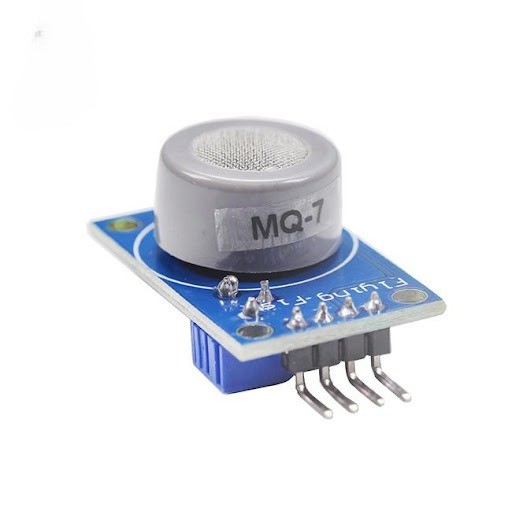
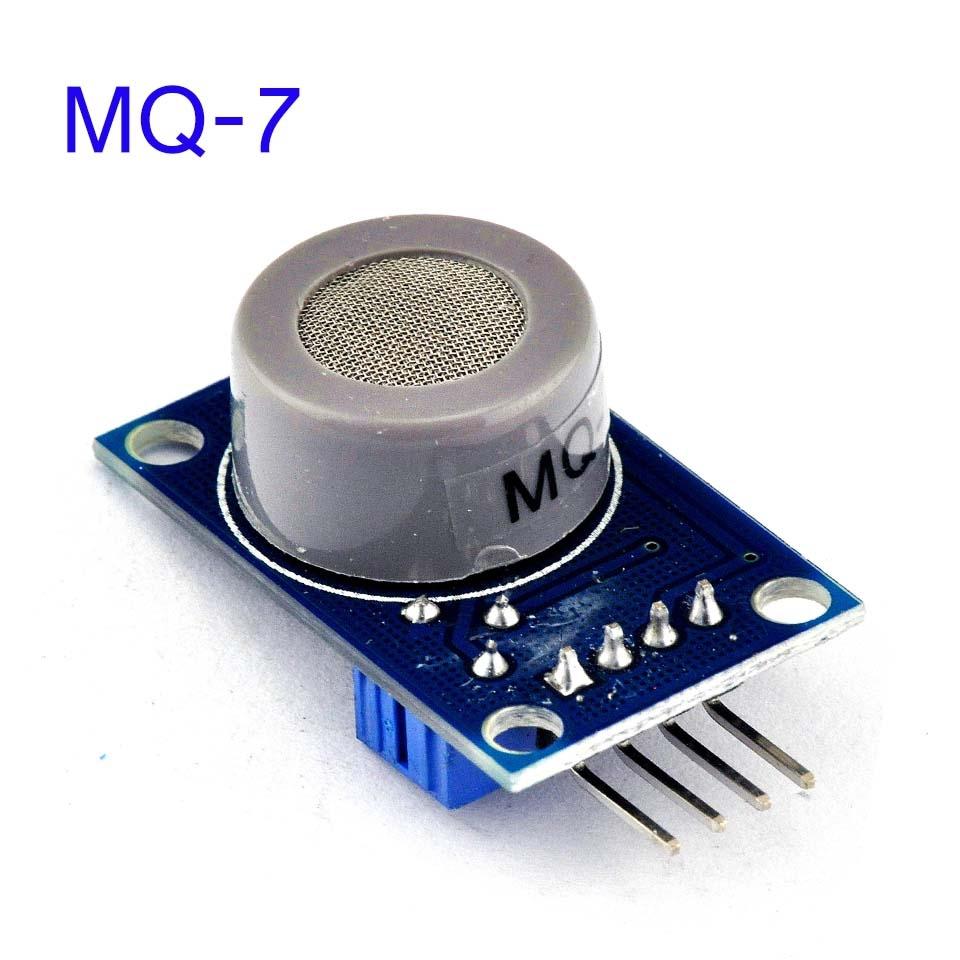
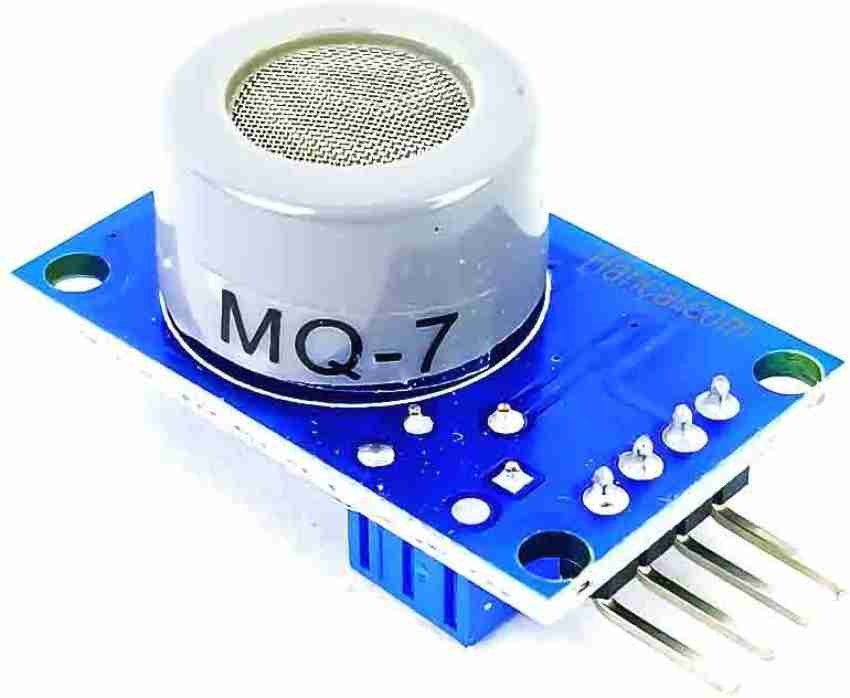

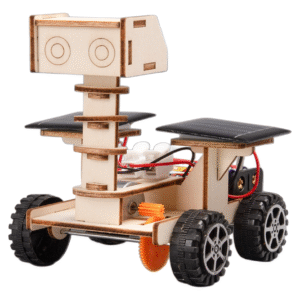
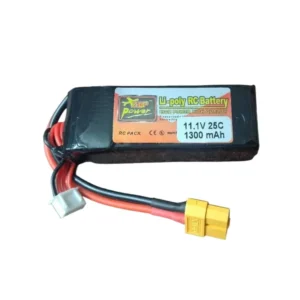
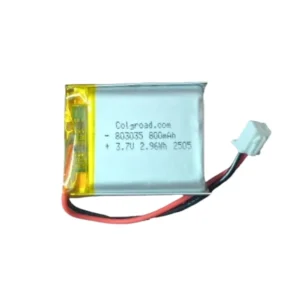
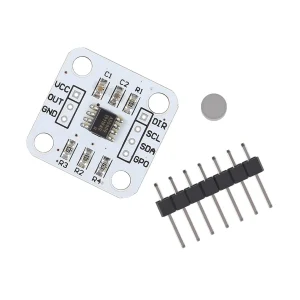
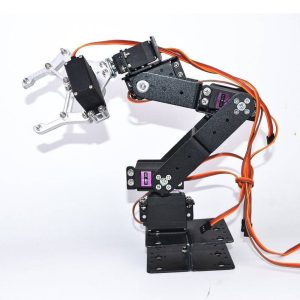

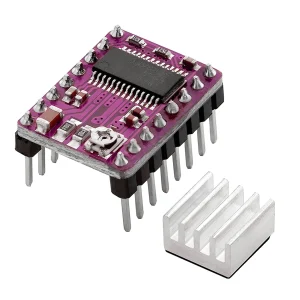
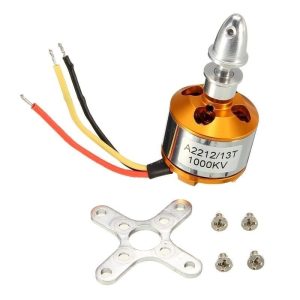
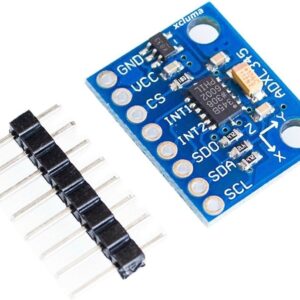
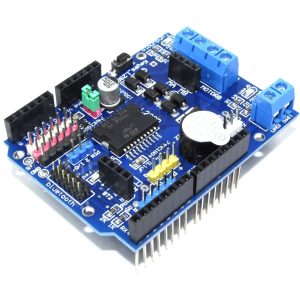

Reviews
There are no reviews yet